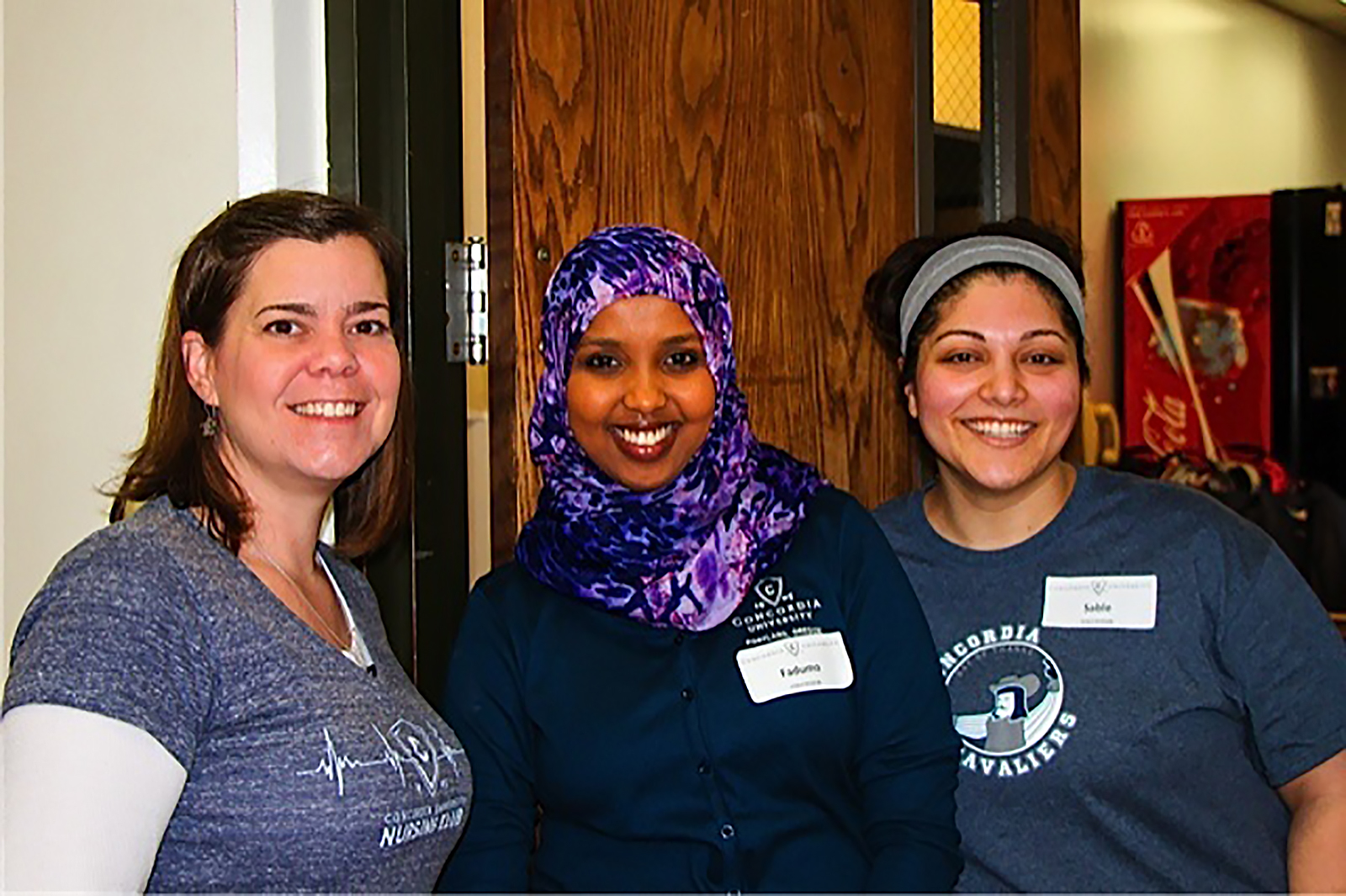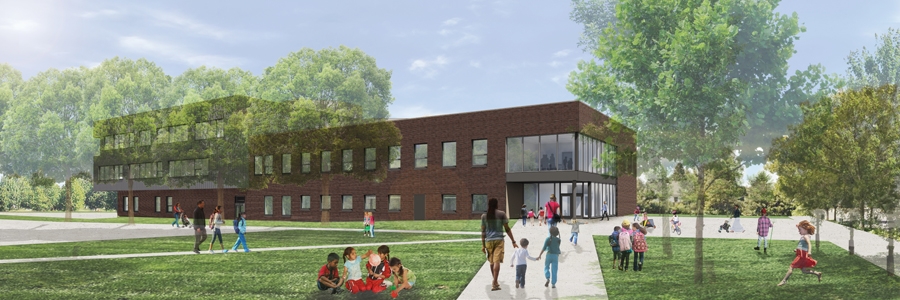The goals of the A ffordable Care Act were to give more Americans access to health insurance and reduce the growth in health care spending.
Today nearly 90 percent of people have health insurance. But costs have yet to come down. The majority of Oregon employers saw premium increases of between 10 and 33 percent in 2016.
Why is health care still so expensive? Sarah Sweitzer, PhD, dean of the College of Health and Human Services at Portland’s Concordia University, says spending will continue to rise until the country starts taking a populationlevel approach to health and wellness.
“By providing health care to everybody, we’ve taken a large population with high health care needs and provided them with access,” she says. “We know people who live in poverty have higher incidences of disease and poorer outcomes from disease,” which makes them more expensive to treat.
 Concordia University’s College of Health and Human Services nursing students
Concordia University’s College of Health and Human Services nursing students
work with community groups to reduce health disparities.
A small number of businesses have discovered that focusing on prevention and employee wellness can stop or slow down premium increases, Sweitzer says. But costs are going to keep creeping up until everyone in the health care pool has access to similar programs.
Sweitzer is working to make 3 to PhD® part of the health and education solution. 3 to PhD provides a model for integrating health, wellness and education. The initiative is a collaboration by Concordia University, Portland Public Schools’ Faubion School PK-8, and Trillium Family Services. It’s built on a bevy of best practices that show that students must be both physically and emotionally healthy in order to learn.
Together the partners are building a shared space and curriculum to help students from both institutions meet their education and health goals. One of the hallmarks of the new facility is a health center that will provide Faubion students with physical, dental and mental health services. University students in nursing, social work and other majors get real world on the job training (or something similar) by working at the clinic or organizing wellness programs.
“We’re really talking about building a ‘culture of wellness’ that will envelop the need for physical activity, healthy food, preventative care and self-care,” Sweitzer says. “The goal is to make sure these young folks are health literate because that’s a huge key to reducing health disparities.”
Faubion students interested in pursuing health care careers will have access to a career readiness program. “One way to reduce health disparities is by encouraging children of all socio-economic and ethnic backgrounds to consider health care careers and teach them culturally respectful practices.” Sweitzer says. “Cultural respect can have a positive eff ect on patient care delivery and access.”
For more information visit 3tophd.org.




